
The Complete Guide to
CERAMIC TILE
Third Edition
Updated with New Products & Techniques

 Contents
ContentsThe Complete Guide to Ceramic Tile
 Introduction
Introduction
Building materials evolve and change very quickly in the do-it-yourself world. New formulations, advanced installation systems, and a host of plug-and-play gimmicks make keeping pace with the things we put into our houses a constant battle. But ceramic tile is different. Although trends, colors, and shapes may look slightly different from year to year, tiling is a lifelong skill that will serve you well as long as you own your home.
Laying tile is a very popular DIY project for a number of reasons, but the primary appeal is that tile is a manageable material that yields beautiful, long-lasting floors for a relatively small investment. Because of the nature of the material and the installation process, you can work at your own pace. If you make an error, it is not difficult to back up and re-do the work.
In The Complete Guide to Ceramic Tile, you will discover clear, beautifully photographed information that shows you, step-by-step, exactly how to work with tile. Layout, installing subbases, cutting and fitting, setting, grouting, and sealing are just some of the techniques you will learn.
The projects featured in this book show tile in just about every usage youll find around the home. By far, floors are the most popular spot for tiling, and here youll get the full picture of how to lay out a floor grid and set tile like a pro. Walls are also popular spots for tile, particularly in bathrooms, showers, and kitchen backsplashes. Tiled countertops have many advantages over other countertop material, whether in the kitchens, the bathroom, or even in your outdoor food preparation areas. Horizontal patio surfaces are also good candidates for tile in many climates, and youll see how to approach these projects as well.
Because tile is a highly decorative material, it can be used to create fun items that may not have any practical purpose other than to delight. Mirror frames, mosaic wall hangings, and tile-covered garden planting pots are just a few of these. Youll even find a complete how-to sequence on making your own fired ceramic tiles from raw clay.
Finally, any tile surface will require occasional repair and maintenance. From re-grouting a shower receptor to replacing a broken wall tile, the last chapter in this books gives the essential information you need to keep your tile looking its best for years to come.
 Gallery of Tile Projects
Gallery of Tile Projects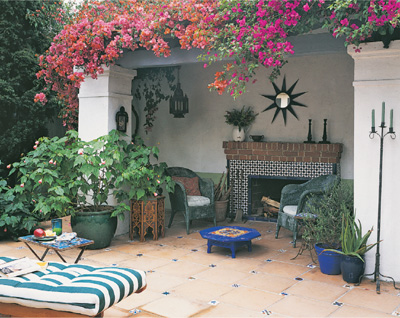
In this alcove, decorative tiles grace a fireplace surround topped by a brick mantel. The floor combines large quarry tile with interesting accent tiles that emphasize the Mediterranean feeling of the patio. Accessories scattered throughout the area echo the blue-and-white theme set by the fireplace and accent tiles.
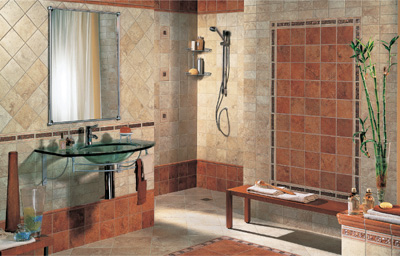
This large contemporary bathroom is broken into distinct functional areas by the tile. The doorless shower is defined by field tile in a straight set, while the dressing area is marked by a border and the reversal of color between the field and the edges. The mirror above the sink is framed by field tile set on the diagonal. Finally, the sink area is set off by a shift in the size and shape of the field tile.
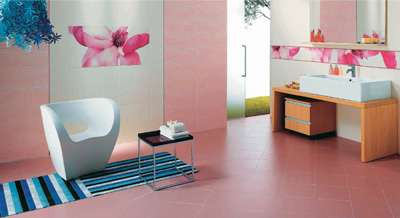
Lush floral photo murals sparkle against white tile backgrounds in this exotic bathroom.
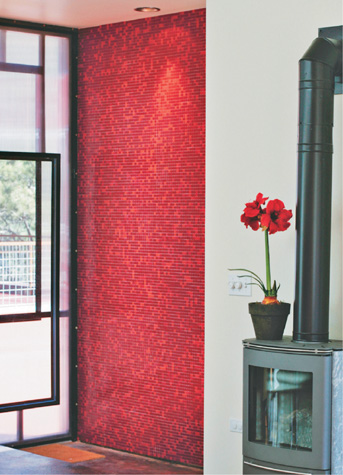
Small mosaic tile in two colors provides a dramatic backdrop for a contemporary entryway.

With a view like this, the best design is one that gets out of its own way. This blue mosaic tile echoes the color of the mountains without competing for attention.
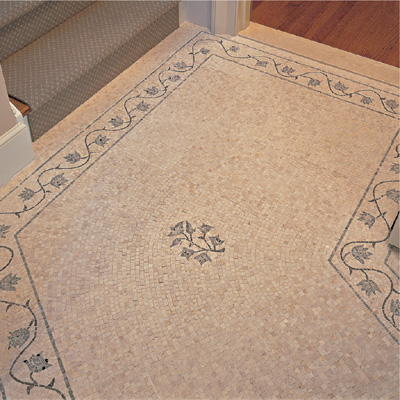
Mosaic tile, with its multitude of grout lines, is highly slip-resistant. A border defines the edges of this hallway and leads the eye toward the next room.
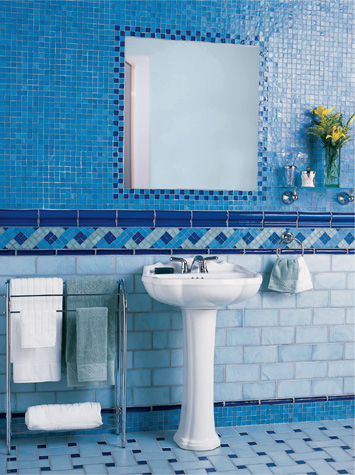
Borders liven up walls and break up otherwise boring expanses of solid color.
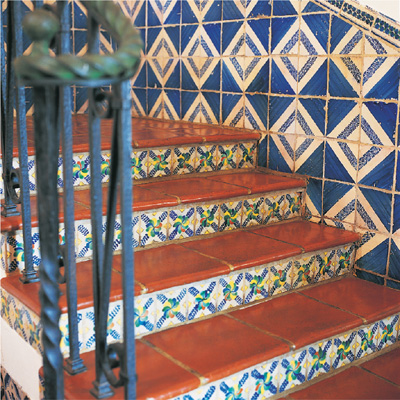
Stair risers are typically invisible. With their colorful handpainted tile, these risers are anything but typical and are certainly not invisible.
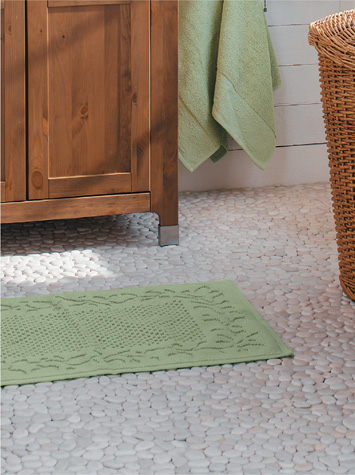
Stones cut to resemble river rocks make an unusual bathroom floor. The stones, which are attached to a mesh backing, are remarkably easy to install. Coordinating grout blends the tiles; contrasting grout would emphasize the individual stones.
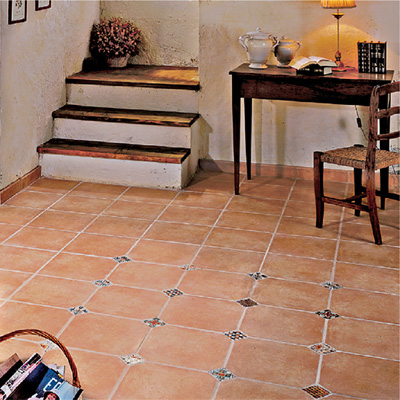
Terra-cotta (baked earth) tile is made by pressing unrefined clay into molds and baking it. Its color is determined by minerals unique to the soil from which it is made. Machine-made terra-cotta tile can be laid like standard tile, but traditional terra-cotta, with its irregularities and uneven shapes, requires more care during installation. Unglazed terra-cotta, which is porous and absorbent, should be treated with sealant before being installed in potentially wet locations, such as entries.
Next page







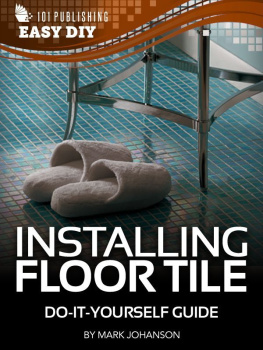
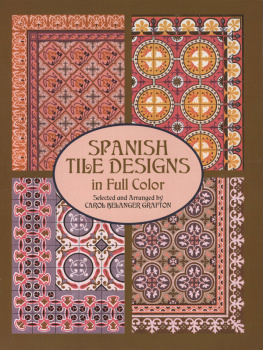
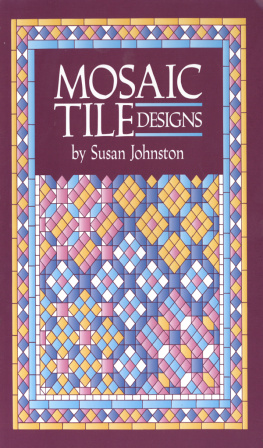
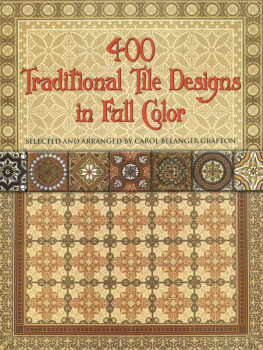
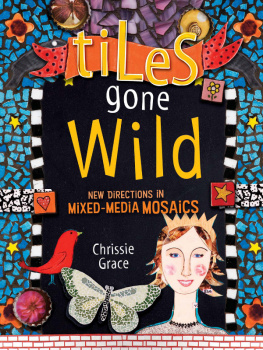


 Contents
Contents

 Gallery of Tile Projects
Gallery of Tile Projects








